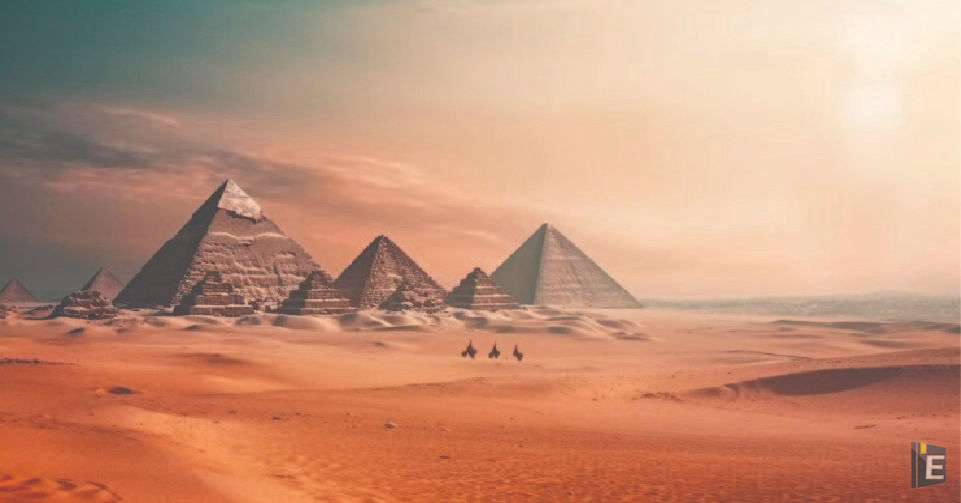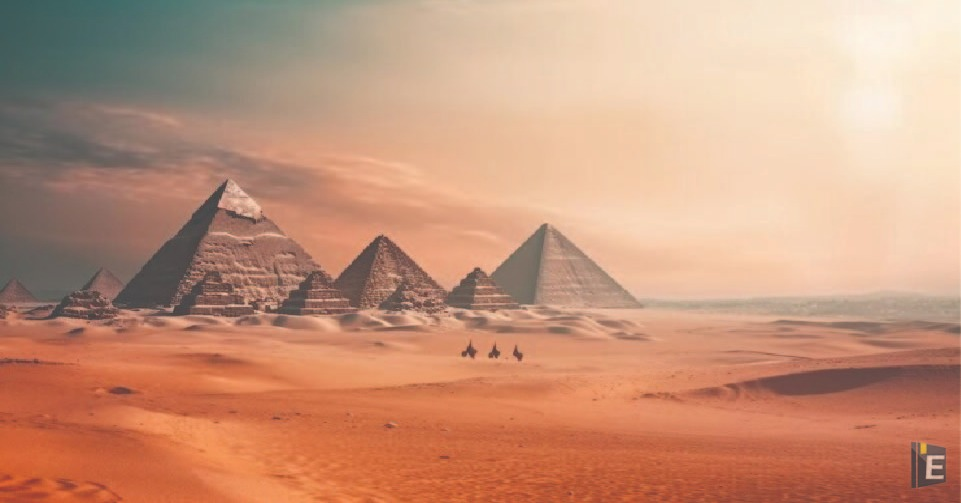


Poet Iqlab, who wrote Saare Jahan Se Achcha, belongs to which place in India?
(A) Delhi
(B) Kashmir
(C) Uttar Pradesh
(D) Punjab
Which one of the following rites is related to completion of education?
(A) widening
(B) upanayana
(C) convergence
(D) cement upgrade
Samavartana (IAST: Samāvartana), or Snana, is the ceremony associated with the end of formal education and the Brahmacharya asrama of life.
On the banks of which river was the Harappan site “Manda” situated?
(A) Chenab
(B) Sutlej
(C) Ravi
(D) Indus
Manda is situated on the right bank of Chenab River in the foothills of Pir Panjal range, 28 km northwest of Jammu, and was considered the northernmost limit of the Harappan civilisation.
Who propounded the path 'Ashtangik Marg' for the end of human sorrows?
(A) Mahavira
(B) Gautam Buddha
(C) Adi Shankaracharya
(D) Kabir
The Buddha explained that without attachment, aversion and attachment (raga, dvesha, moha), lust does not cause bondage. The fourth noble truth about suffering is that there is a path (marga) to reach a state free from suffering - one that the Buddha followed and that others can follow. He called it the Eightfold Path to Liberation.
Four Ashrams are related to which of the following?
(A) From the stages of life
(B) From the religious and worshipable place of Arya Samaj.
(C) From the residence of kings and saints
(D) By caste
There are following four ashrams:
• Brahmacharya – student
• Grihastha – household household
• Vanaprastha – Forest traveler/forest dweller
• Sanyas – renunciation
Where did the traveller Ibn Batuta come from?
(A) Morocco
(B) Persia
(C) Turkey
(D) Central Asia
Ibn Battuta was born in Tangier, part of modern-day Morocco, on February 25, 1304. This port city on the coast of the Atlantic Ocean lies 45 miles west of the Mediterranean Sea, close to the western side of the Strait of Gibraltar — where Africa and Europe nearly collide.
During the reign of Alauddin Khalji, who was Amil?
(A) Government agents to collect land revenue
(B) Local landlords at the village level
(C) Khurasani and Multani traders of food –grains.
(D) Banjaras who carried the food – grains from village to towns
Yahya bin Ahmed Sirhindi, the author of "Tarikh – i – Mubaraqshahi" lived in the period of-
(A) Khalji
(B) Tughlaq
(C) Sayyid
(D) Lodi
Yahya bin Ahmad Sirhindi (nisba of Sirhind in Punjab) was a 15th century Indian Muslim historian who wrote Tarikh-i-Mubarak Shahi, a Persian language chronicle of the Delhi Sultanate. Written during the reign of Mubarak Shah, his work is an important source of information for the Sayyid dynasty.
The Prime Minister of England at the time of the Quit India Movement was?
(A) Chamberlain
(B) McDonald
(C) Churchill
(D) Clement Attlee
With whom did Gandhiji sign an accord at the culmination of the Civil Disobedience Movement in 1930?
(A) Lord Irwin
(B) Lord Wavell
(C) Lord Curzon
(D) Lord Linlithgow
Gandhi-Irwin Pact is the name given to a political agreement concluded by Mahatma Gandhi and Lord Irwin, the then Viceroy of India, on 5th March 1931.
Get the Examsbook Prep App Today